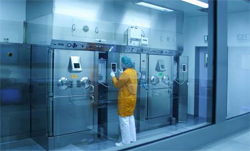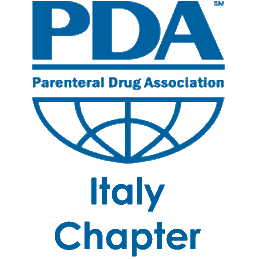 21/10/2015
-
22/10/2015
21/10/2015
-
22/10/2015
The pharmaceutical industry is constantly engaged in transferring processes between organizations or locations; these transfers are critical to get product to market. The number of transfers is expected to increase as countries act on the need to manufacture drug products locally (1). This activity is part of the normal lifecycle of a drug product, and it can range from very successful transfers to problematic ones, based on a myriad of factors. Among them are process and product robustness, the readiness of organizations to engage in transfer activities, availability of experts, and the timely execution of all the work needed to complete a transfer.
The ICH Q10 (2) guidance states that a transfer of technology is an integral part of its product lifecycle model and identifies it as an activity that must be executed under GMP given its relevance to commercial manufacturing and impact on product quality. This emphasis is justified due to the complexities surrounding transfers of technology.
Overall, technology transfer can be characterized as a phase in the pharmaceutical product lifecycle and requires considerations for specific areas to focus on when planning and executing transfers of technology between organizations.
Technology Transfer
There are many definitions that describe the technology transfer process for pharmaceuticals. Approaching this process as only transferring information (documents, lists of process parameters, etc.), however, is not a technology transfer. Per ICH Q10 (2), the objective of technology transfer is:
“…to transfer product and process knowledge between development and manufacturing, and within or between manufacturing sites to achieve product realisation. This knowledge forms the basis for the manufacturing process, control strategy, process validation approach and ongoing continual improvement.”
In summary, the goal is to transfer knowledge between organizations which will serve as the basis for a sustainable and controlled manufacturing of pharmaceutical products.
The process of transferring knowledge has recently received attention through the issuance of guidance documents that describe the expectations, approaches, and steps for executing transfers (2-5). These documents offer valuable guidance on how to plan, manage and execute a transfer for a pharmaceutical product
CLICK HERE TO DOWNLOAD PRESENTATION
Allegati :
- evento 21 ottobre 2015



